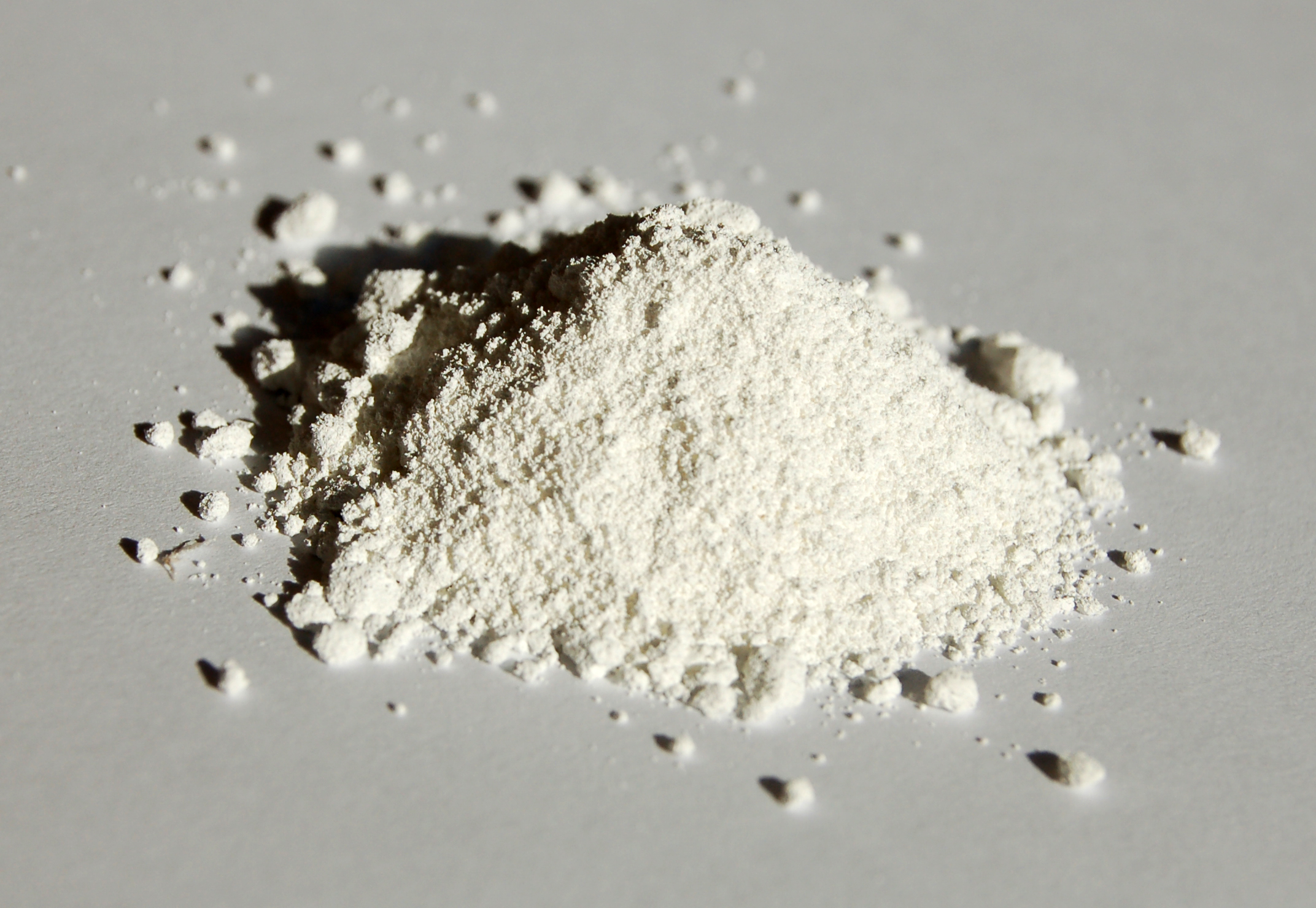What is Titanium dioxide? Titanium dioxide (TiO2) is a metal oxide produced from titanium-bearing ores. TiO2 is used primarily as a pigment, to whiten products and reflect light. Titanium dioxide is an effective sun screen, and with consumers’ heightened awareness of the dangers of sunburn, more and more titanium dioxide is finding its way into personal care products. At the same time, recent advances in the nano-sciences have revealed that ultrafine, “nanoscale” particles of Titanium dioxide achieve sun protection far more effectively than larger particles, without a creating a blue or white tint to the skin, which has also increased the use of nanoscale TiO2 in personal care products only very recently.
TiO2 is EVERYWHERE:
- In the food we eat;
- In the pharmaceutical drugs we take;
- In the lotions, creams and soaps we put on our bodies
- In the cosmetics we used to enhance our appearance.
How does this affect me? Whether or not you know it, you are almost certainly eating and breathing Titanium dioxide, as well as putting it on your skin and hair. It might be perfectly safe, but it might not. The International Agency for Research on Cancer (“IARC”) says that a link between TiO2 exposure and cancer is possible. Everyone seems to agree that more scientific investigation is needed to be able to make decisions about which chemicals to eat, inhale and rub on our skin that are informed by reliable, fact-based information. Most people want to make these kinds of decisions for him- or her-self. If you are reading this, you are probably one of those people.
Is Titanium dioxide safe? There is no scientific evidence to indicate that exposure to TiO2 causes humans any significant adverse health risks. In recent years, a number of animal studies — where researchers placed extremely high concentrations of Titanium dioxide particles inside the lungs of lab mice and lab rats — have indicated a link between TiO2 and cancer. After reviewing the scientific literature on TiO2 and cancer, in 2010 IARC published a monograph (Volume 93) that concluded “Titanium dioxide is possibly carcinogenic to humans (Group 2B).” (IARC Monograph, Vol. 93, at p. 275 (emphasis added)).
Does “possibly carcinogenic to humans” mean it’s safe? It means “we don’t know.” In most cases it appears that Titanium dioxide is an inert, harmless substance. As the IARC Monograph suggests, however, several serious questions about the potential health consequences of exposure to airborne TiO2 have not yet been answered:
- Does inhaling respirable-size TiO2 particles increase the risk of getting cancer or other serious disease or disease condition?
- Does exposure to ultrafine, nanoscale TiO2 particles cause any special adverse health consequences that have not been observed only because products made with specially engineered nanoparticles have been available to consumers for a relatively short period of time?
What do you mean when you talk about various sizes of TiO2 particles that we may be exposed to?
- Respirable-size particles measure less than 10 microns
- Ultrafine, nanoscale (“nanoparticles”) measure less — oftentimes much less — than 0.1 microns
- Pigment-size particles — those used most frequently in cosmetic product formulations — generally measure between 0.2 and 0.3 microns
Shouldn’t consumers be able to make informed decisions about what chemicals they put in and on their bodies? California voters answered that question almost 30 years ago with an emphatic “Yes — Hell yes!” when they enacted Proposition 65 (The Safe Drinking Water and Toxic Enforcement Act of 1986) by a 63%-37% vote. California voters enacted Prop 65 to
- Protect drinking water sources from toxic substances that cause cancer and birth defects and
- Reduce or eliminate exposures to toxic chemicals in consumer products by requiring warnings in advance


